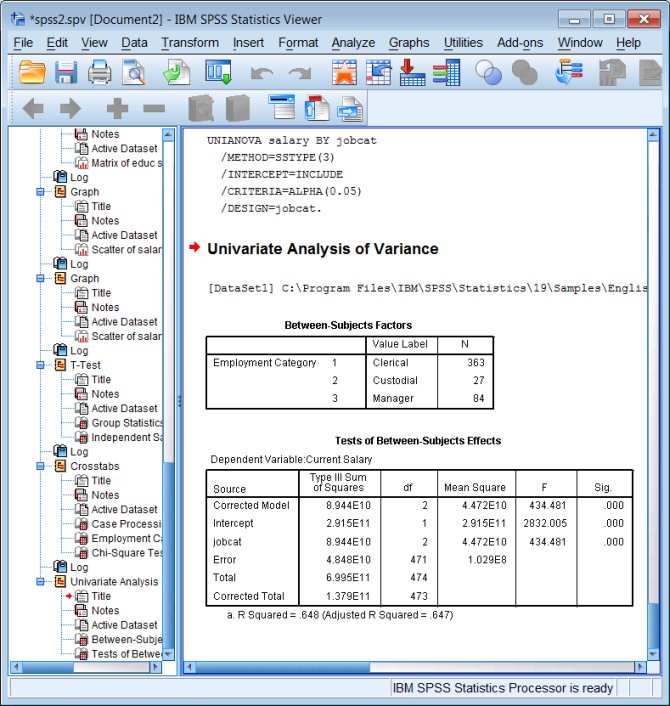

The figure below shows the exact APA style table for reporting the results obtained during this tutorial. Like so, we could consider d = -0.43 for our anxiety test roughly a medium effect of divorce and so on. The most common effect size measure for t-tests is Cohen’s D, which we find under “point estimate” in the effect sizes table (only available for SPSS version 27 onwards). We'll answer just that by standardizing our mean differences into effect size measures. Should we consider this a small, medium or large difference? The output also includes the mean differences and their confidence intervals.įor example, the mean difference on anxiety is -1.30 points on the anxiety test. This last finding means that our sample differences are highly unlikely if our populations have exactly equal means. 001), however are both highly “significant”. The differences on compulsive behavior ( p =. otherwise, report the “Equal variances not assumed” t-test results.įollowing this procedure, we conclude that the mean differences on anxiety ( p =.05, then report the “Equal variances assumed” t-test results. Which line to report depends on Levene’s test because our sample sizes are not (roughly) equal: Output I - Significance LevelsĪs previously discussed, each dependent variable has 2 lines of results. T-TEST GROUPS=divorced(0 1) /MISSING=ANALYSIS /VARIABLES=anxi depr comp anti /ES DISPLAY(TRUE) /CRITERIA=CI(.95).
#Spss code how is the meaning of f.11 upgrade
Since they're very useful, try and upgrade if you're still on SPSS 26 or older.Īnyway, completing these steps results in the syntax below. Sadly, the effect sizes are only available in SPSS version 27 and higher. Next, we fill out the dialog as shown below. Independent Samples T-Test Flowchart Independent Samples T-Test DialogsĪnalyze Compare Means Independen t Samples T Test Now, if that's a little too much information, just try and follow the flowchart below. More generally, this procedure is known as the Welch test and also applies to ANOVA as covered in SPSS ANOVA - Levene’s Test “Significant”. These are shown in the SPSS t-test output under “ equal variances not assumed”. If that's not the case, then you should report adjusted results.

If sample sizes are not roughly equal, then Levene's test may be used to test if homogeneity is met. This is not needed if both sample sizes are roughly equal.


 0 kommentar(er)
0 kommentar(er)
